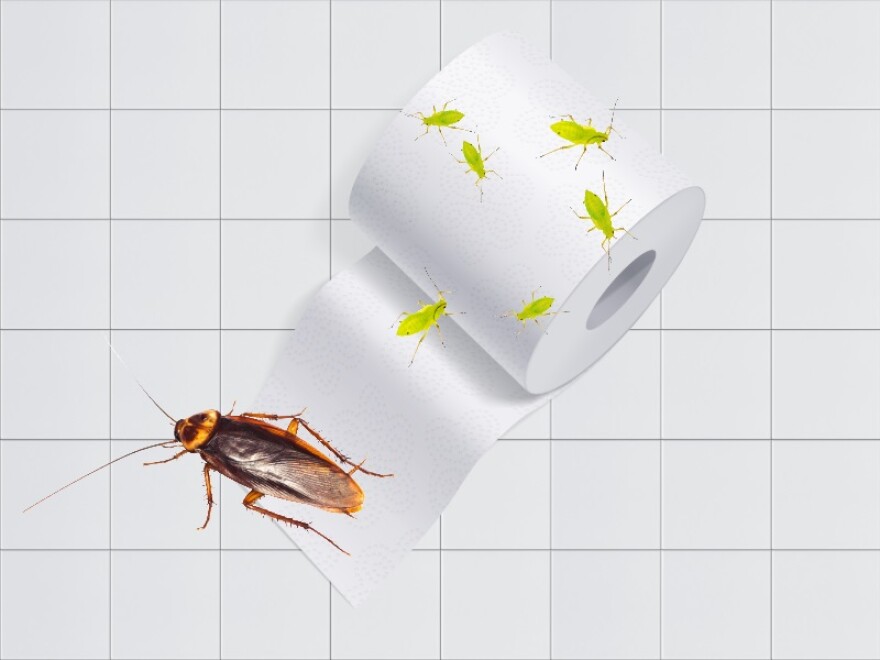Wizzie Brown, a program specialist with the Texas A&M AgriLife Extension Service and our go-to insect expert, is helping answer questions from kids about bugs.
Do insects poop?
Brown says insects certainly do set aside some “me-time,” but that there are many different ways that creepy crawlers answer nature’s call.
Some, like aphids, have more of a liquid poop – or “frass” as it’s referred to for bugs.
“Aphids have piercing sucking mouth parts that they feed on the phloem or the sap of plants and so they’re slurping up all that sap and they have waste that comes out that’s called honeydew,” Brown said. “So that is liquid and it can get all over stuff and it’s really sticky and gross.”
The frass of drywood termites likewise reflects their eating habits, Brown says. The insects derive as much moisture as they can from wood content. So upon dropping anchor, the frass of the termites appears very hard and barrel-looking.
“It actually has little indentations that you can see from where they’ve pushed it in and it’s like squeezing out all of the water that they can possibly get out of it,” Brown said.
The frass of insects can also serve an important purpose, Brown said.
“There is poop that contains pheromones which are chemicals that signal to insects of the same species where they’re located or if there’s a predator in the area or something,” Brown said. “So those pheroms can help to communicate with other insects.”
Of course, insects aren’t to be outdone on the disgusting scale on further uses for their frass.
“There’s also poop that have symbiotic organisms in it and they are necessary for other insects to eat that poop for them to survive,” Brown said.
She pointed to termites and the process of prodocteal trophallaxis, in which newly molted termites eat the digestive fluid of older ones.
“That is how they are getting or recolonizing their digestive tract with those symbionts,” Brown said. “And then there’s also squash bugs and certain stink bugs that the nymphs are going to eat poop of the adults that get symbionts that allow those immatures to last to adulthood. If they don’t have those, they tend not to have as much of a good rate of survival.”
If you found the reporting above valuable, please consider making a donation to support it here. Your gift helps pay for everything you find on texasstandard.org and KUT.org. Thanks for donating today.

